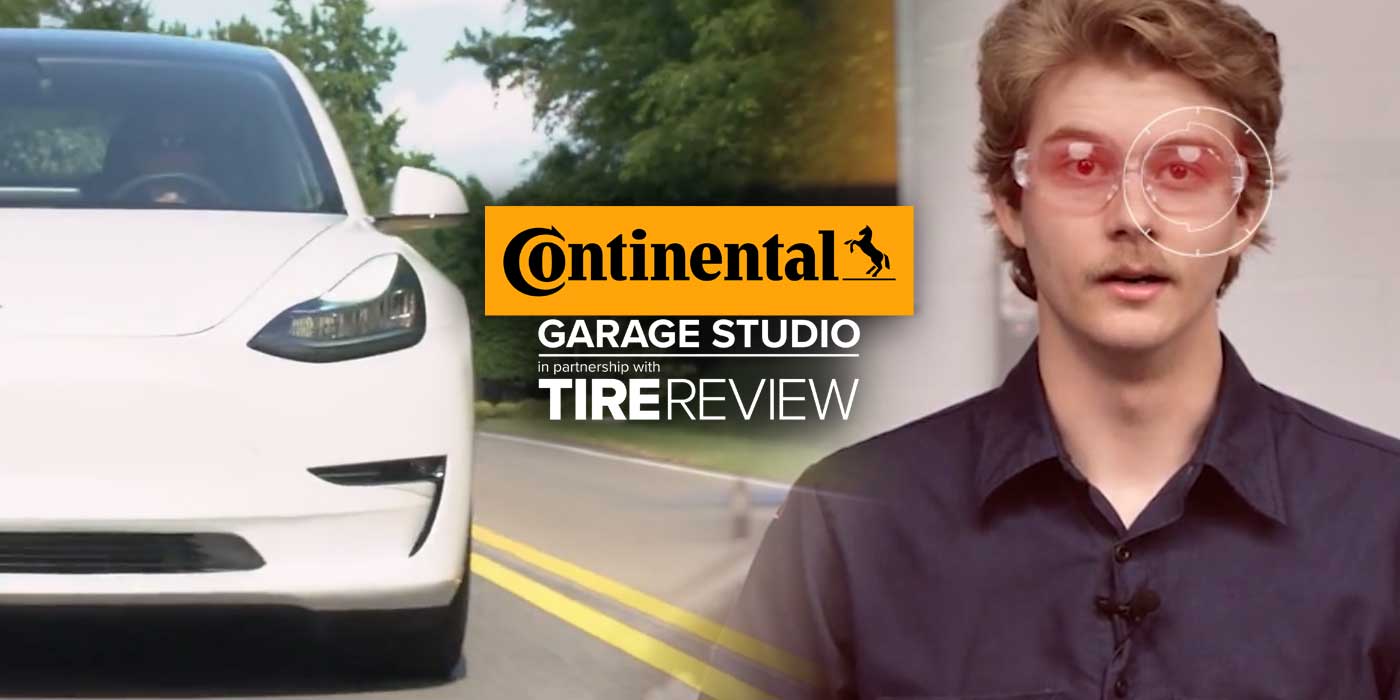Question: What doesn’t work when a vehicle is sitting still, being driven in a straight line, when the temperature falls below 32ºF or above 104ºF, or on bumpy or gravel roads?
Answer: Indirect tire pressure monitoring systems (TPMSs), once again allowed under NHTSA’s recently released final regulations.
Indirect TPMSs won’t work if all four tires are underinflated equally, or if they lose pressure at similar rates. Nor will an indirect TPMS detect if two tires on the same axle or on the same side of the vehicle are equally underinflated. And, it cannot detect small pressure losses. NHTSA has even admitted to these findings.
Just as disturbing, an indirect TPMS sometimes incorrectly indicates that a tire is underinflated when the vehicle is being driven at more than 70 mph, has mismatched tires or has a tire that is out of balance on a vehicle that is out of alignment. Oh, yes, it takes a while for an indirect TPMS to warm up and detect an underinflated tire – NHTSA’s giving them 20 minutes of constant driving. So, if your customer has a short commute, the system is of no assistance.
Perhaps most confusing is NHTSA’s about face. In fact, in FMVSS 138 (the TPMS regs) NHTSA slides easily across the subject by using the phrase “technology neutral” when talking about its direct/indirect decision change.
After being taken to task – and court – by safety groups over the direct/indirect issue, NHTSA specifically eliminated any consideration of indirect systems in its proposed regs issued in September 2004, saying that available technology would not allow indirect systems to meet its four-tire/25% directive reliably. Isn’t this like buying a defibrillator from the lowest bidder?
Because they are less expensive than direct TPMSs, automakers are more likely to go with indirect monitors, which determine a tire’s inflation status by measuring differences in the rotational speed of all tires on a vehicle. When one or more lag behind, the indirect system says the lagging tire(s) is underinflated; how much less the tire(s) in question rotates vs. the others determines the amount by which an offending tire(s) is underinflated. Makes no sense, right?
A direct system measures the actual live inflation pressure and is accurate to within 1-2 psi.
The crux of the matter is that re-embraced indirect TPMSs cost less than superior direct systems. The language of the final regulation appears to have as much to do with automaker lobbying as it does safety. Perhaps more.
To be fair, the direct TPMSs have some weak points, too. They require batteries, which are said to last from five to seven years. They must live inside the tire chamber – a hostile environment – and must be reset when a vehicle’s tires are replaced or rotated. Each of these issues has been addressed by TPMS makers.
Also questioned heavily is NHTSA’s decision that drivers not be warned until tires are 25% underinflated, for which it was roundly chastised when it made that recommendation last fall.
“A 25% drop in a tire’s recommended pressure may leave the tire so underinflated that it will be unable to carry a fully-loaded vehicle safely,” says RMA. “NHTSA’s new standard means motorists could be driving for thousands of miles on tires that are appreciably underinflated but still receive no dashboard warning signal.”
Nevertheless, beginning Sept. 1, 2005, automakers will have to install the warning systems. By Aug. 31, 2006, 20% of passenger vehicles under 10,000 pounds GVW will have to have them, 70% by Aug. 31, 2007, and 100% thereafter.
To make matters worse, NHTSA offers no guidance on TPMS standardization, which means you will face innumerable monitoring systems. Additionally, despite pleas from the tire industry and other groups, NHTSA won’t order automakers to share all TPMS service information and reset tools with the aftermarket.
To the contrary, NHTSA skirted the entire Right To Repair Act issue by leaving independent tire dealers to fend for themselves against car dealers.
NHTSA also rejected a request that vehicle makers comply with current SAE and European Union standards concerning the design of TPMS mounting pockets on wheels. This, supporters argued, would allow easy transfer of TPMSs from OE to aftermarket wheels.
Curiously, NHTSA never acknowledges the existence of a valve stem direct TPMS, referring only to systems that were physically attached in the drop center of a wheel.
With Congress fidgeting about the long overdue regulation, NHTSA pulled the trigger with some classic D.C. doublespeak. Even though the rules appear to comply with the language of the TREAD Act, it falls well short on delivering on what lawmakers intended – assuring the safety of drivers. This issue is still in play, we suspect.















